OpenKnit is an open source 3D-knitting machine that creates garments in just one hour
Designer Gerard Rubio has created an open source robotic loom that is able to knit entire seamless garments in less than one hour (+ movie).
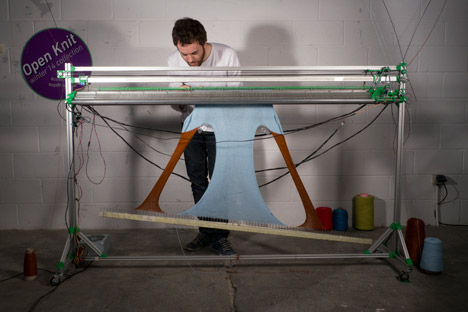
Springing from Rubio’s own studies with 3D printing at Escolar Superior de Disseny in Barcelona, OpenKnit allows users to design and print their own garments seamlessly on one machine.
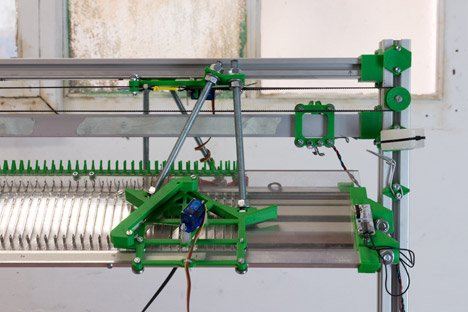
The designer built OpenKnit completely from scratch, drawing up plans and putting it together as he went, following a trial and error process that took more than a year.
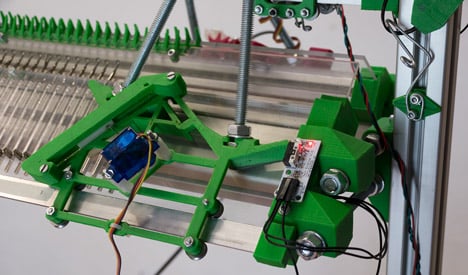
"I started by learning how knitting machines work, to start figuring out how a seamless garment could be created automatically," Rubio told Dezeen. "Once I understood it would be possible to achieve, I started drawing the machine and building it at the same time."
OpenKnit consists of sections that work in tandem to create the garments: a bar at the top of the machine is contains layers of hooked needles, and fabric is looped around these in a mechanised system with a movement similar to an old-fashioned typewriter.
A moving carriage guided by a sensor pulls threads across the machine above the hooks, which move up to grab them and pull them down to create stitches. The carriage also picks up stitches and carries them over from one needle to the next to create the knit.
The machine can use up to three different threads to create different sections of a piece of clothing.
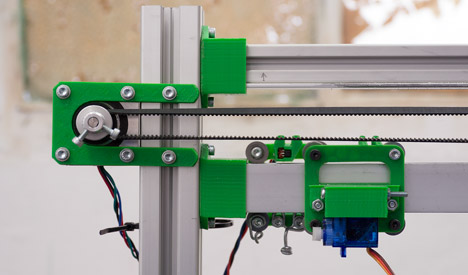
An Arduino board – a small low-cost computer – is programmed with the pattern for each garment and guides all the elements of the machine to create the final product.
OpenKnit is in an early stage of its development and does need some human input, requiring manual placing of weights to keep the clothes in their place. But the designer’s goal is to automate as much of the process as possible.
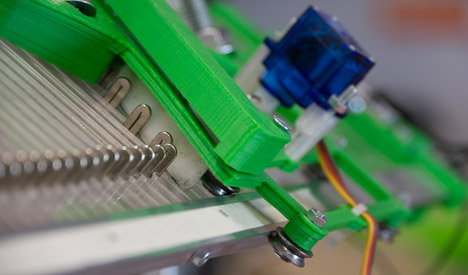
"The idea since the very beginning has been to have this process 100 per cent automated, so anybody can create their own garments without any knowledge of pattern making, cutting, or sewing," Rubio told Dezeen. "That's the goal of the project now."
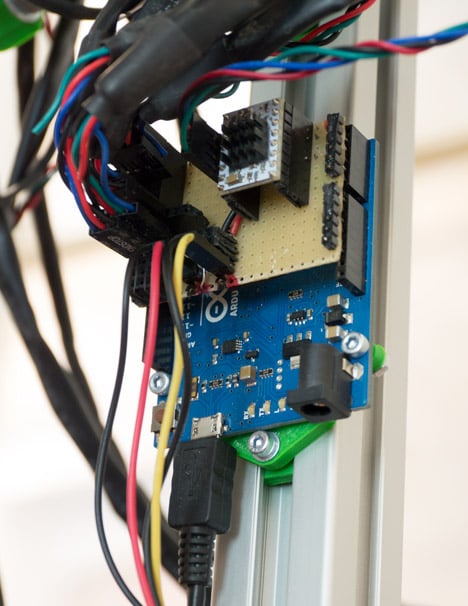
Rubio has uploaded instructions for creating an OpenKnit device to GitHub – a hosting site for open source files – including a bill of materials, a circuit diagram, a 3D model of the machine, and files for printing.
Once a machine has been built, users can make their own designs by utilising the free Knitic software, which also communicates with OpenKnit through an Arduino board. An online repository of digital clothes called doknityourself.com, created by Takahiro Yamaguchi, is a complementary platform where designs can be shared and downloaded for printing.
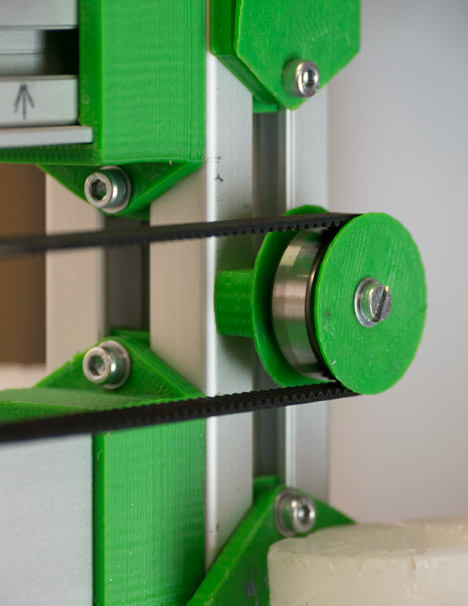
"I decided to make it open source so anybody can have free access to all the documentation to create their own machine," Rubio said. "This way the project can evolve faster, since any user is a potential developer."
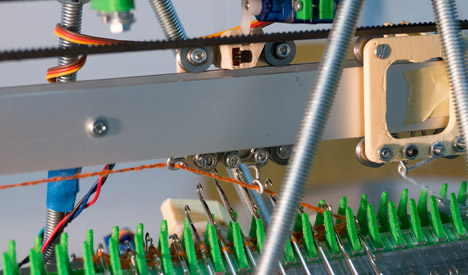
Rubio said that open source technologies could drastically reshape the production landscape.
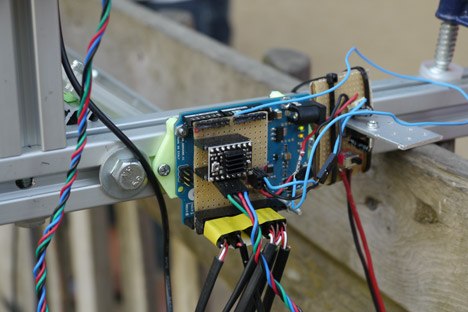
"Manufacturing is getting closer and closer to the user, offering some means of production to people that will awake their creativity and new social links, turning users into producers," Rubio said.
"It's something necessary in our days due to the absurdity of our actual model of production and consumption, in which most of us wear clothes that all together have done a couple of turns around the world."
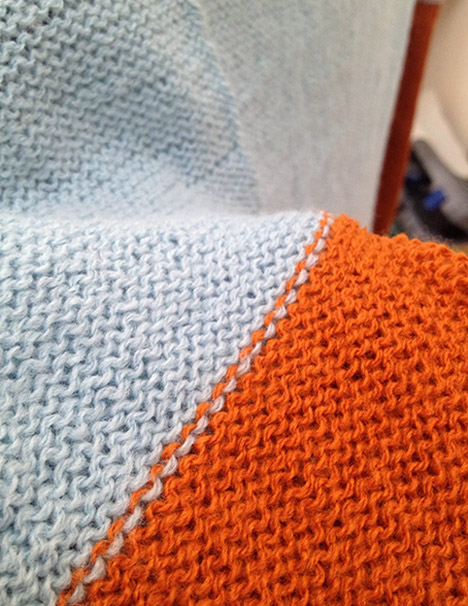
"The ecological footprint of these self-produced objects is reduced drastically compared with this model."
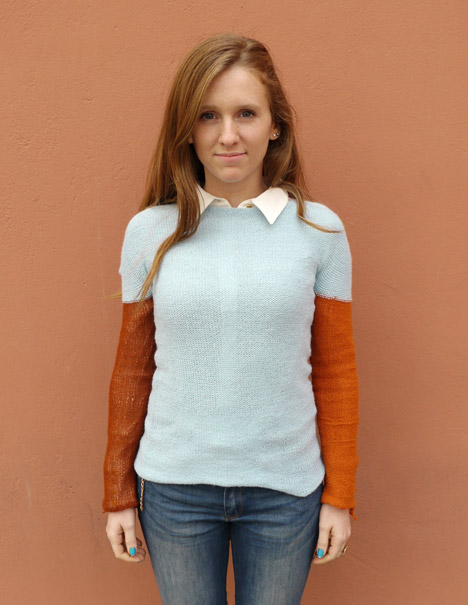
Other people are already using Rubio's blueprints to build their own machines, and he intends to begin hosting workshops to introduce the device to more people.
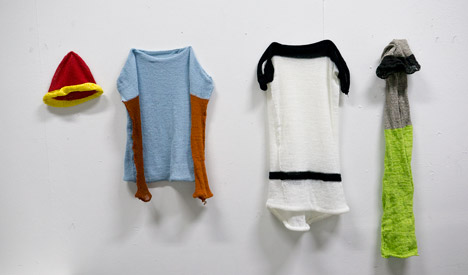
The designer plans to move his studio from Barcelona to London, where UCL will support his research. He hopes first of all to fully automate the process, and from there add other capabilities to the machine, like compatibility with different materials and loops, and two-colour patterns.